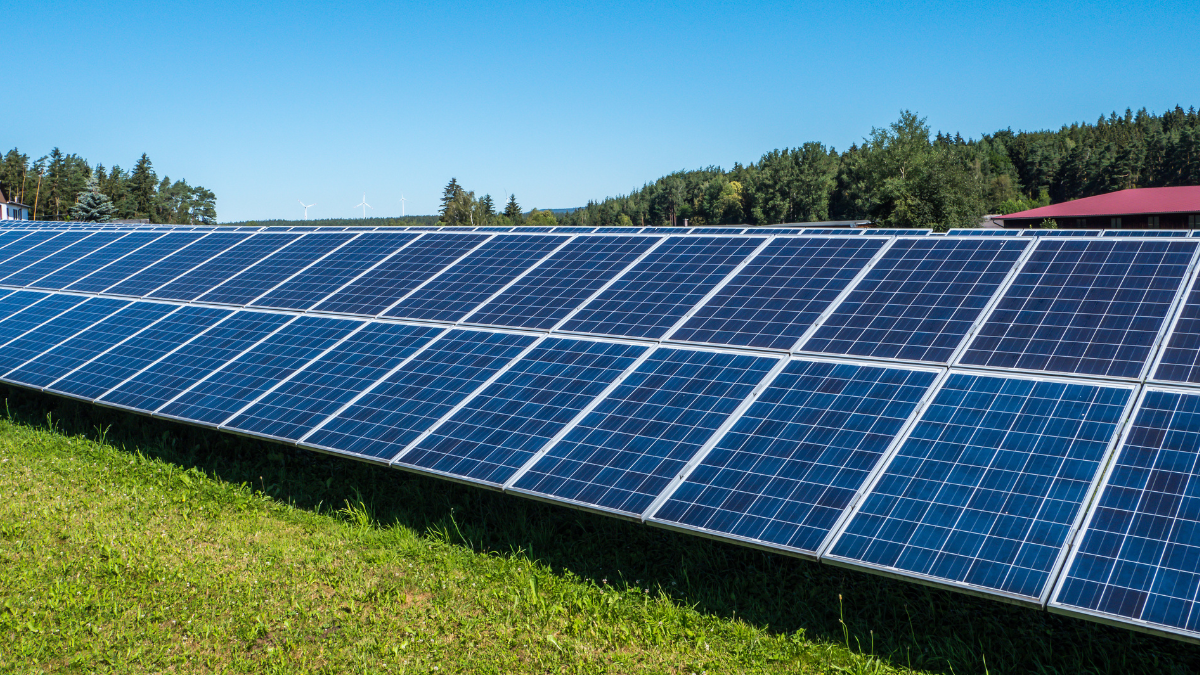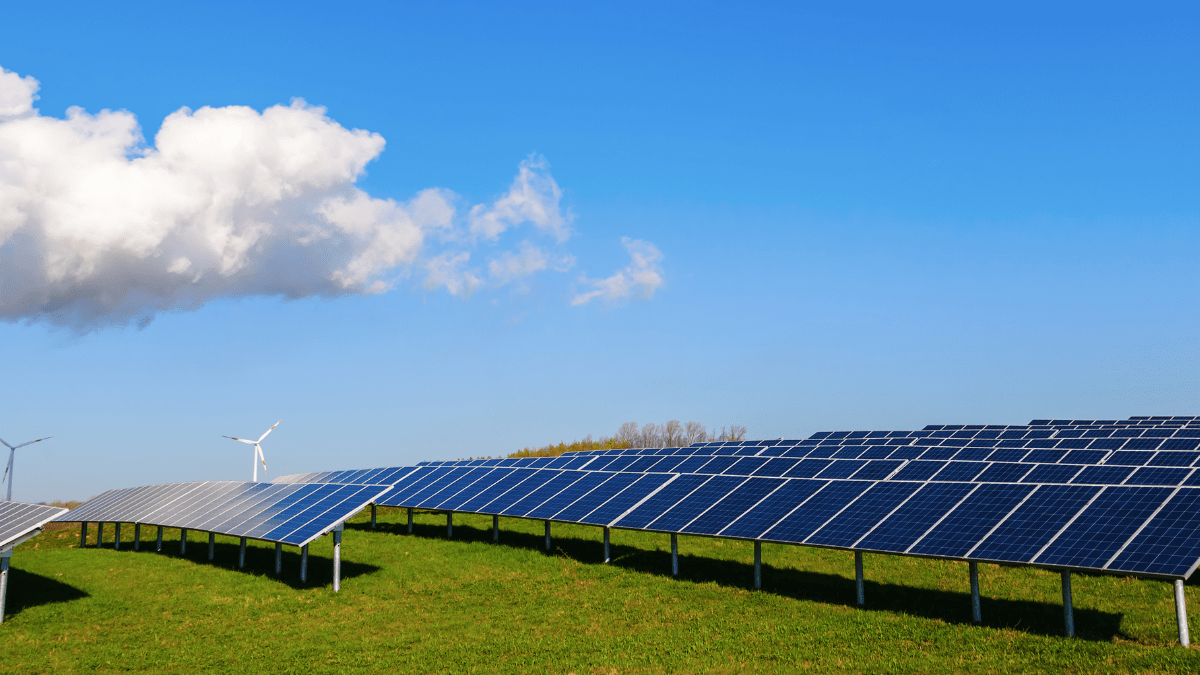- U.S. accounted for 62% of China LPG, ethane imports in 2024
- While China accounted for a third of U.S. LPG, ethane exports
- Trade war likely to lead to sharp drop in shipments
President Donald Trump on April 2 imposed sweeping tariffs on its major trading partners. This included a 34% tax on Chinese imports, marking a new low in trade ties between the world’s largest economies following years of tit-for-tat tariffs and restrictions since Trump’s first term.
China, whose goods now face an aggregate 54% import tariff from Washington, retaliated two days later with a reciprocal 34% tariff on all U.S. goods, which comes on top of other tariffs imposed in the past.
The trade imbalance between the two countries has been one of Trump’s biggest bugbears for years. The United States imported $439 billion from China last year, compared with exports of $143.5 billion, according to U.S. government data.
Oil and gas made up just over 10% of total U.S. exports to China, constituting a small proportion of total U.S. energy exports and Chinese imports.
But within that trade, Chinese purchases of U.S. liquefied petroleum gas (LPG) and ethane, oil and gas byproducts used to manufacture plastics, have blossomed, rising more than tenfold over the past decade.
This has made China’s petrochemicals sector and American producers highly dependent on one another – and thus a potential vulnerability both sides could try to exploit.


U.S. production of ethane and LPG, which includes propane and butane, soared in recent years, tracking stellar growth in oil and gas production from onshore shale basins such as the Permian in Texas and New Mexico and the Appalachian basin in Pennsylvania and West Virginia.
The U.S. Energy Information Administration expects LPG production to climb from 4.1 million bpd to 4.4 million bpd by 2026, while ethane output is forecast to rise from 2.8 million bpd last year to 3 million in 2026.
China has become the most important region for petrochemical growth and thus the biggest buyer of U.S. LPG and ethane. Chinese and international companies, including Saudi Aramco and ExxonMobil have invested tens of billions of dollars in new Chinese petrochemical plants, betting on decades of continued demand for plastics, even as gasoline consumption slows due to the rapid penetration of electric vehicles.
The new facilities, which are often integrated with oil refineries, can produce chemicals from naphtha, LPG and ethane. But ethane produces far more ethylene, the most important building block for plastics, than naphtha when processed, making ethane a higher value feedstock.
In 2024, the United States accounted for 62% of a total of 1.4 million bpd of LPG and ethane China imported, according to analytics firm Kpler. And when it comes to ethane alone, the picture is even starker. The United States represented practically all of China’s imports of the feedstock over the past seven years. Imports rose steadily from zero in 2018 to 265,000 bpd last year, according to Kpler.
The other side of the trade is just as striking. In 2024, China accounted for 57% of U.S. ethane exports. China was also the largest buyer of U.S. LPG last year, taking in 27% of total exports of 2.2 million bpd.

While this concentrated trade creates a vulnerability on both sides, China may be better positioned than the U.S. to use this interdependence as a weapon in the escalating trade war, given the relatively small share LPG and ethane make in China’s overall petrochemical sector.
China’s total ethylene capacity stood at 53 million tons per annum in 2023, of which 70% used naphtha as a feedstock, while ethane and LPG accounted for only 8% of feedstock, according to Sinopec’s Economics and Development Research Institute 2024 annual report.
LPG and ethane makes up a relatively small percentage of U.S. energy exports, but China’s dominance in the global petrochemical market would limit the pool of potential buyers for U.S. producers.
Beijing did not include those feedstocks when it imposed a round of tariffs on U.S. certain products in February, including a 15% tariff on LNG imports, in response to Trump slapping a 10% tariff on Chinese goods. They will not be spared in the latest round of tariffs, however.
The exchange of trade blows between China and the United States has deeply shaken global markets, and it is safe to say that these are just early salvos in what could be a very long conflict. The petrochemical feedstock trade was a glowing example of the mutual benefits of closely intertwined commerce. It now looks likely to wither.
Share This:
More News Articles











